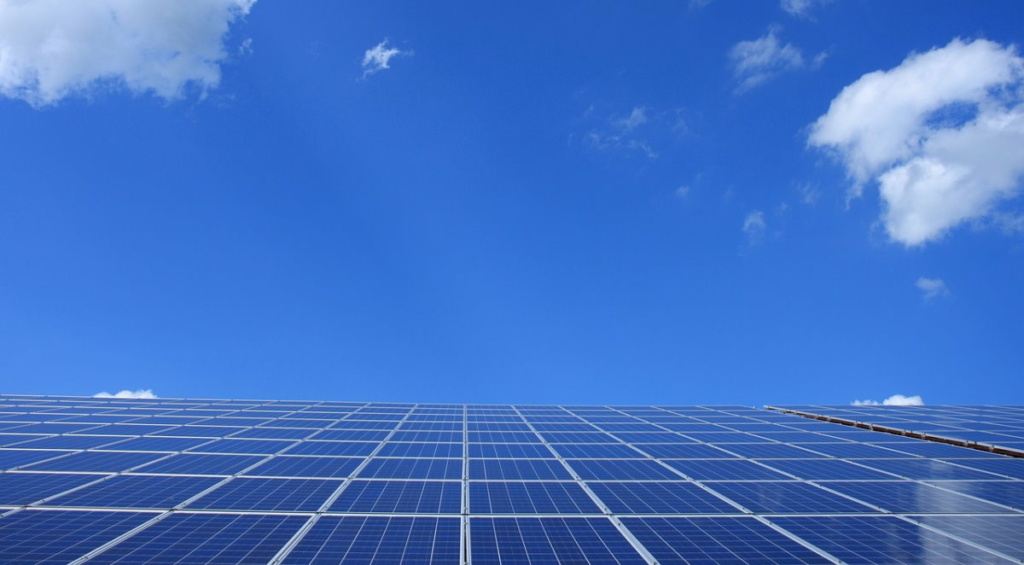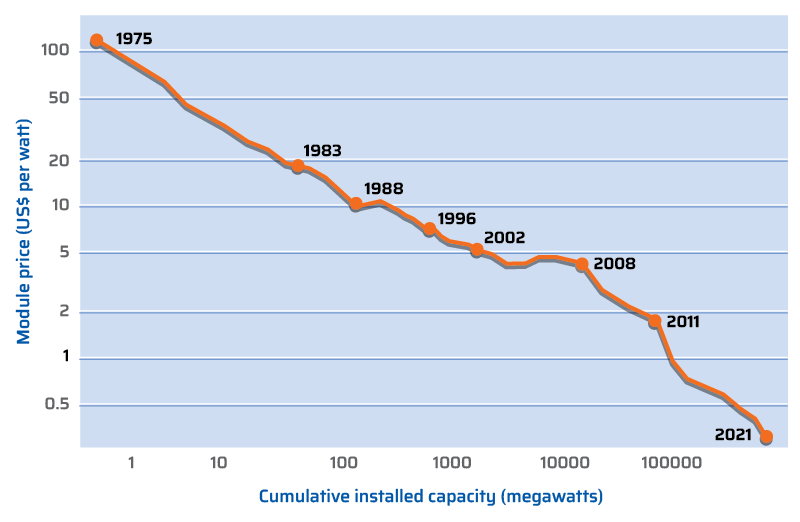
It’s time solar energy gets the leading role it has earned
The good news first. The world’s installed solar capacity broke through the 1-terawatt mark last year, up from 100 gigawatts only a decade before. Adding the next terawatt will take a lot less time: that milestone looks set for 2024, 2025 latest. The not-so-good news: as impressive as solar technology has been scaling, it’s not yet enough. Going by the most aggressive projections, global PV installation should grow to as much as 80 terawatts in 2050. That would mean that we should start deploying multiple terawatts per year pretty soon.
There’s every reason to be optimistic about this – for a change, you might add, since institutions such as the International Energy Agency (IEA) and the Intergovernmental Panel on Climate Change (IPCC) have a history of severely underestimating the power of PV. Year after year, the solar industry has shamed cost reduction and adoption estimates from these organizations, yet they keep refusing to adjust their models. Which is odd, because the experience curve is a well-established phenomenon in manufacturing.
In the solar industry, that curve is called Swanson’s Law, after commercial solar pioneer Richard Swanson. Already in the 00s, he observed that PV module prices tended to drop 20 percent with each doubling of cumulative shipped volume. That estimate even proved too pessimistic; the most recent data suggest the price drop is closer to 24 percent. At that rate, solar energy will cost less than a penny per kilowatt-hour before the decade is up. No other energy technology will be able to beat that.

For the “this time is different” crowd still nervous about extrapolating this exponential, perhaps it’s good to know that, historically, the PV industry’s bottleneck has been the supply of polysilicon. So if anything stands in the way of deploying multi-terawatt PV production, it would be this. But, according to estimates from Clean Energy Associates, global polysilicon manufacturing capacity will soar by 80 percent in 2023 to an output that’s good for an annual PV production capacity of 536 gigawatts. The Global Alliance of Solar Energy Research Institutes wrote that “planned build-out of polysilicon capacity suggests that a production rate of 1 terawatt per year could be reached by 2028 or sooner.”
Others might fret about solar panels’ utter uselessness in the dark. That’s a valid point; solar needs to be flanked with complementary (renewable) energy sources as well as energy storage technologies to continuously meet demand. These add to overall energy costs, but wind power and battery technology have an experience curve of their own. They won’t be as cheap as solar, but they’ll be cheap enough. “In the early 2020s, the consensus has increasingly become that solar PV and wind power will dominate the future energy system and new research increasingly shows that 100 percent renewable energy systems are not only feasible but also cost effective,” a 2022 review paper on the feasibility of 100 percent renewable energy systems concluded.
There are other challenges, such as scarcity of materials and solar installations perhaps not scaling as well as production, but all in all, the track record of solar inspires confidence. It’s high time to ditch the pessimism about the potential of solar energy and award it the prominent place in the future energy mix it deserves: a leading role, not a supporting one. Policymakers and advisors need to get on board and start sending the right message.





